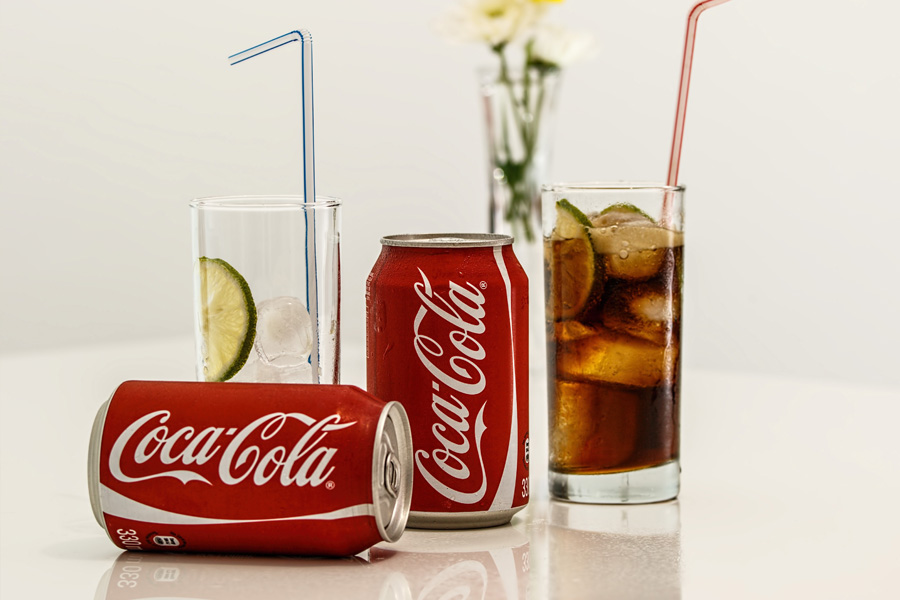It is important that you are aware of your rights as the owner of a registered trade mark.
The exclusive right to use the trade mark in relation to the registered goods or services
Trade mark registration gives an owner the exclusive right to apply the trade mark to goods or use the trade mark in relation to goods or services (including, for example, in advertising) under the class in which the trade mark has been registered.

ExampleCentury old trade mark
The Coca Cola Company has the exclusive right to use the trade mark COCA COLA in relation to ‘aerated non-intoxicating beverages, beverages, and syrup for making beverages’ in Class 32. They have held this trade mark since February 1920, by renewing the registration as required.
The right to assign or license the mark
A trade mark owner may grant permission to others to use the trade mark on their goods or services. This permission is called a license. This type of arrangement is common in franchises. The owner may charge a fee for the permission to use the registered trade mark.
Alternatively, the trade mark owner may completely transfer their trade mark rights to another, which is called an assignment. For example, a small business may transfer their trade mark rights to a corporation, in exchange for a significant payment. In the case of an assignment, the rights associated with the trade mark are transferred completely to the new owner and the former owner (the assignor) is not left with any residual rights.
ExampleAssignment to Adonis
A small regional company, Trio Pty Ltd., uses the trade mark ECLIPSE in relation to its shoes. A bigger corporation, Adonis, wants to launch a new line of shoes under the trade mark ECLIPSE in Australia. It wants to make a significant lump sum payment to Trio Pty Ltd to buy the trade mark ECLIPSE. Trio Pty Ltd. agrees to sell the trade mark to Adonis. After the assignment is completed, Trio Pty Ltd. can no longer use the trade mark ECLIPSE in relation to its shoes.

ExampleLicence to sell ice-cream as JETER’S
JETER’S is a trade mark for ice cream owned by Sevenflavours Pty Ltd. The company grants a licence to Patrick, in exchange for a fee, to use JETER’S as a trade mark for ice-cream made in Patrick’s three ice-cream factories located across South Australia, Queensland and Victoria, for a period of five years. In this case, the licensed ice-cream factories can make ice-creams and market them as ‘JETER’S ice-cream’ in their respective territories for five years. Sevenflavours Pty Ltd. continues to be the registered trade mark owner of the mark.
The right to stop unauthorised use of the trade mark in Australia
The trade mark owner has the legal right to stop another person from using their trade mark without permission in relation to the registered goods or services, throughout the trade mark territory (Australia) and for the time that the trade mark is registered. Any unauthorised use is known as infringement. A trade mark owner can also claim compensation from the courts, where their trade mark has been used without permission. It is important to note that trade mark rights are territorial in nature, which means they can only be enforced in the country in which the trade mark is granted.


